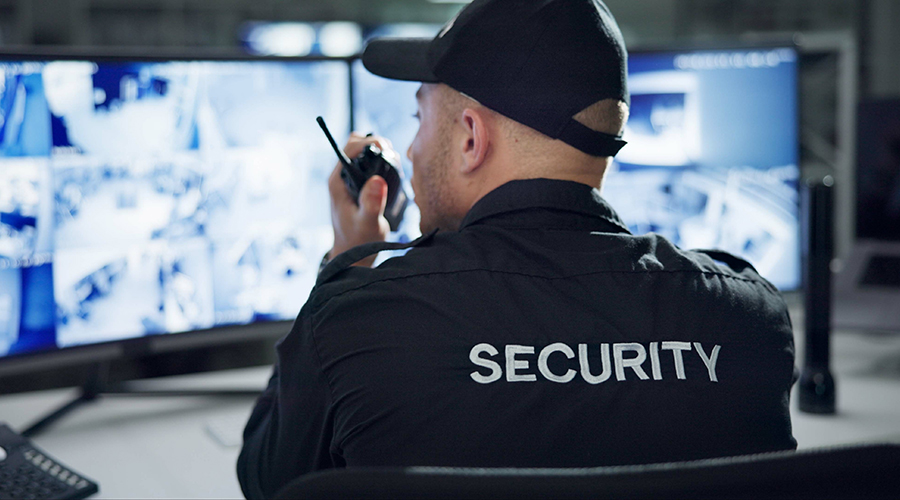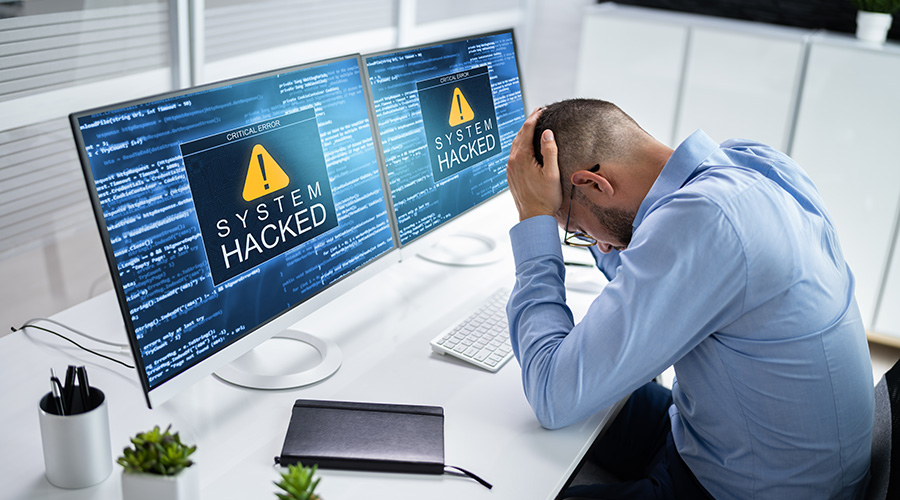Political Convention Security Planning Requires Risk Assessment, Efficient Communication
On Thursday, Aug. 26, 2004, four days before the start of the Republican National Convention (RNC) in New York City, two activists managed to rappel down the face of the iconic Plaza Hotel, unfurling a 60-foot, three-story protest banner. The "Truth" banner, an enduring image of the 2004 convention, set the stage for one of the more emotionally charged and heavily protested events in recent memory. Several hundred thousand protestors marched on Madison Square Garden on the Sunday of the event (among the largest organized protests in U.S. history), hundreds of bicycle protestors caused Manhattan to seize into a state of gridlock, and in total, more than 1,800 arrests were made over the course of the late summer weekend and into the following week. That year's RNC now stands as a near-worst-case study in terms of security planning, both for law enforcement and for facility and property managers.
Indeed, high-security, high-risk events like the 2004 RNC, this year's violent May Day protests in Seattle, and the NATO Summit in late May in Chicago show in stark detail the necessity for emergency and scenario-planning, risk assessment, and efficient communication, especially as the two political parties will again convene late this summer to nominate their candidates for president — the Republicans in Tampa, Fla., Aug. 27-30, and the Democrats in Charlotte, N.C., Sept. 3-6.
Following are four strategies all building owners and facility managers should consider, not only in preparation for big security events, but also on an ongoing, continuous basis. That's because, as Kenneth Stewart, president of Integrated Design Consultants, says, "These events should heighten awareness that security risks can happen at any time. How do we make security part of our everyday business?"
1. Assess Risk, Plan Scenario
The key to a risk assessment, says Stewart, is to look at the building through a fresh set of eyes. "Pretend you've never seen it before," he says.
In general, for high-security events like the political conventions, the most common security threat is protests that get out of hand and turn violent, says Jim Rosenbluth, managing director, crisis management, for Cushman & Wakefield.
"Dealing with crowd management will be the biggest issue," says Ross Bulla, president of The Treadstone Group, a security consulting firm based in Charlotte. "So be prepared for spontaneous or organized disruptions in which anarchist groups attempt to blockade routes, doors, roads, sidewalks, etc."
Mark Anderson, director of security and national security liaison for Jones Lang LaSalle, says that during the NATO Summit in Chicago, the organization planned for a worst-case scenario of a prolonged building lock-down by making provisions to keep the cafeteria open, and to provide sleeping arrangements and showers, if occupants were unable to leave. He says the organization also hired a disaster recovery firm, just in case.
Several months prior to the NATO Summit, Anderson says the organization formed a multi-disciplinary committee to help its property managers perform risk assessments for the Summit. Part of the goal of this committee was to "put a risk assessment checklist on paper for them," he says. The checklist included everything from staffing to physical security, policies and procedures, equipment checks, and communications.
"Our properties are all different from one another, so the checklist gave the individual property managers the ability to review their security measures and conduct their own risk assessments," Anderson says.
Another risk assessment best practice is to get local law enforcement involved early, especially if your building is iconic or near the site of the convention (or other event), says Rosenbluth. "If we think there is a significant risk, we'll invite police and special operations squads to the buildings to familiarize them with the property and with our emergency response procedures," he says. "By running tactical exercises after hours, they can get to know the building's floorplan, determine where to set up their command post and establish which members of the property management team will be key in helping them respond to an emergency.
Finally, make sure all policies and procedures are up to date, and well understood by at least the organization's leadership or the leadership of each tenant. "Have your building or property managers conduct evacuation drills with top managers," says Bulla. "Do scenario planning, like killing the power so you can understand smoke conditions in stairwells, for instance." Bulla says he also recommends designating back-up muster points in case there are media tents in your parking lot or your normal muster point is unavailable or inside a cordoned off security area. And, of course, make sure all changes in policies and procedure are communicated to all stakeholders.
Related Topics:













